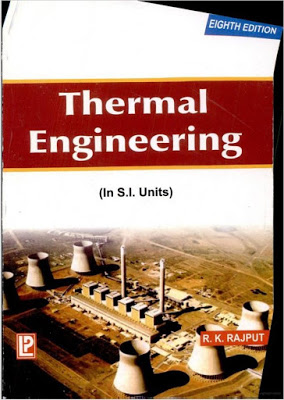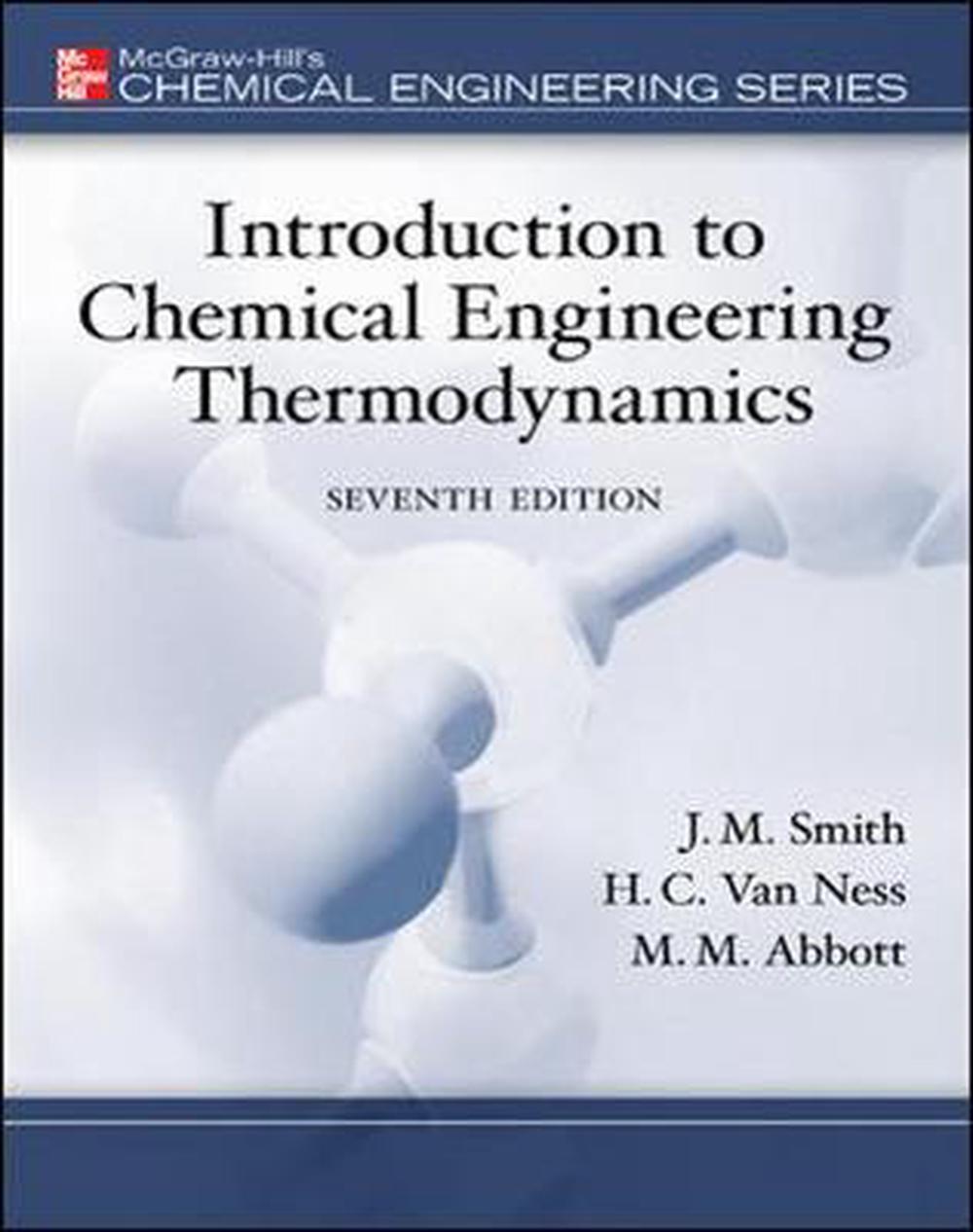
Meanwhile, progress in polymer science in the 1950s paved way for the "age of plastics". Advancements in biochemical engineering in the 1940s, for example, found application in the pharmaceutical industry, and allowed for the mass production of various antibiotics, including penicillin and streptomycin. Developments in chemical engineering before and after World War II were mainly incited by the petrochemical industry however, advances in other fields were made as well.

Transport phenomena gave an analytical approach to chemical engineering while PSE focused on its synthetic elements, such as those of a control system and process design. Along with other novel concepts, such as process systems engineering (PSE), a "second paradigm" was defined. While the predominance of unit operations in chemical engineering courses in Britain and the United States continued until the 1960s, transport phenomena started to receive greater focus.

In the 1940s, it became clear that unit operations alone were insufficient in developing chemical reactors. The actual fuel cell stack is the layered cube shape in the center of the image.

In India the equivalent body is the Indian Institute of Chemical Engineers (IIChE) which also conducts collaborative events with AIChE and ICheE.Ī degree in chemical engineering is directly linked with all of the other engineering disciplines, to various extents.ĭemonstration model of a direct-methanol fuel cell. Such bodies include the Institution of Chemical Engineers (IChemE) or the American Institute of Chemical Engineers (AIChE). Practicing engineers may have professional certification and be accredited members of a professional body. Chemical engineers are involved in many aspects of plant design and operation, including safety and hazard assessments, process design and analysis, modeling, control engineering, chemical reaction engineering, nuclear engineering, biological engineering, construction specification, and operating instructions.Ĭhemical engineers typically hold a degree in Chemical Engineering or Process Engineering. The work of chemical engineers can range from the utilization of nanotechnology and nanomaterials in the laboratory to large-scale industrial processes that convert chemicals, raw materials, living cells, microorganisms, and energy into useful forms and products.

Chemical engineering uses principles of chemistry, physics, mathematics, biology, and economics to efficiently use, produce, design, transport and transform energy and materials. Chemical engineers develop economical commercial processes to convert raw materials into useful products. Chemical engineers design, construct and operate process plants ( fractionating columns pictured).Ĭhemical engineering is an engineering field which deals with the study of operation and design of chemical plants as well as methods of improving production.


 0 kommentar(er)
0 kommentar(er)
